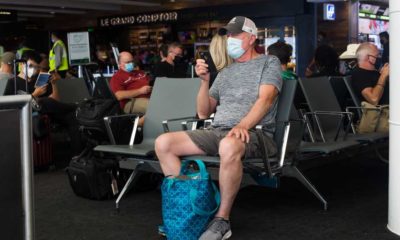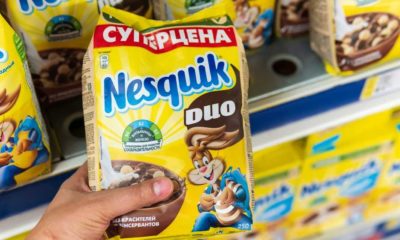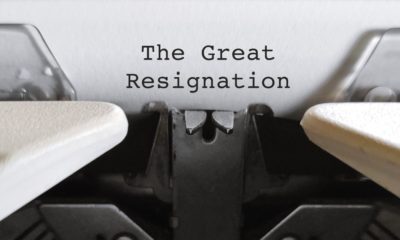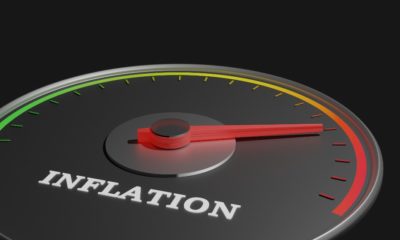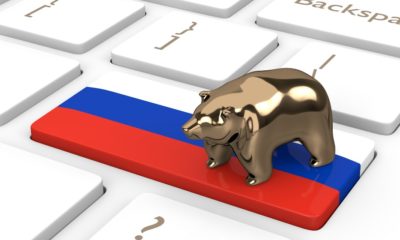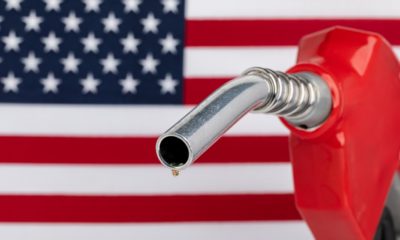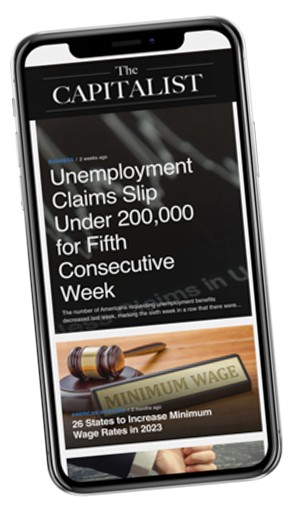Personal Finance
Dow Plunges 10% in Worst Trading Day Since 1987 Market Crash
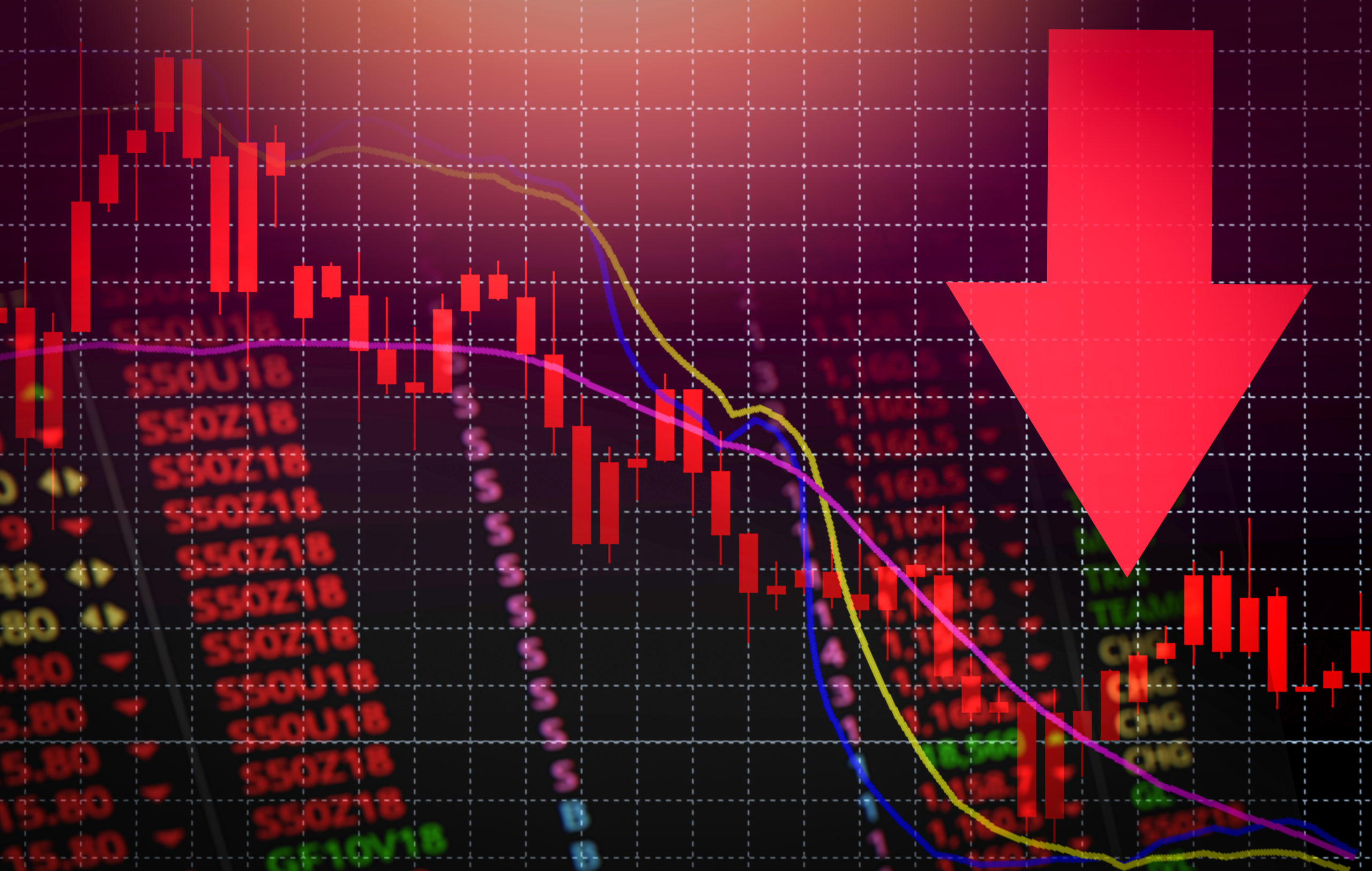
The week went from bad to worse for the stock market on Thursday, as the Dow Jones Industrial Average fell 10% to have its worst trading day since the “Black Monday” crash of 1987.
In an effort to calm the markets both President Trump and the Federal Reserve announced plans to help boost economic growth, and the markets shrugged off both plans and continued trading lower.
President Trump announced a travel ban for flights coming into the US from Europe for 30 days and also said his administration would provide financial support for workers who are ill or taking care of sick loved ones or are quarantined.
According to Ernie Tedeschi, policy economist for Evercore ISI, President Trump’s speech “didn’t offer up major new ideas on stimulus and only said he’d propose a vague payroll tax holiday to Congress without strongly standing up for any firm size/magnitude, This effectively kicks the issue to Congress.”
Equally disappointing was the statement from the Federal Reserve, which said nothing more than it will increase its overnight funding operations to more than $500 billion on Thursday and then offer repo operations of $1 trillion on Friday.
It did however say it would expand the types of securities it would purchase with reserves.
After dropping 7% quickly after the open the “circuit breakers” were triggered and trading was stopped for 15 minutes. It was virtually ineffective, as the market continued trading lower still when trading was resumed.
By the end of the day, the Dow was down 10%, the S&P 500 fell 9.5%, the Nasdaq dropped 9.4%, the Russell 2000 was down 11%, gold was down, $12/oz, oil was down, even Treasurys were down.
Mohamed El-Erian, chief economic advisor at Allianz put it bluntly, saying that we are going to see the markets drop 30% before this is over.
“We are going into a global recession. After what’s been happening the last few days, we are going to see a spread of economic sudden stops. The trouble with economic sudden stops is it’s not easy to restart an economy.”
The VIX, which measure market volatility, climbed above 76 today, the highest reading since 2008.
“I’d say during the last 48 hours, there has been a switch flipped from trying to measure the uncertainty to panic,” added KKM Financial CEO Jeff Kilburg.
However, if you are a long-term investor, there is a silver lining to all this.
Killburg added “In this chaos, opportunity presents itself.”
Agreeing with him is Peter Boockvar, chief investment officer at Bleakley Advisory Group.
“Bear markets are the best time to buy stocks for long term investors. We would rather buy stocks when markets are down sharply than chasing them higher as they get more expensive.”
The best thing to do, according to Killburg, is breathe.
“I would say just breathe. I’ve lived through a couple different crises; the bubble, the crisis. All these events are very different but they are similar in nature. Typically when that panic sets in, that is the spike.”

